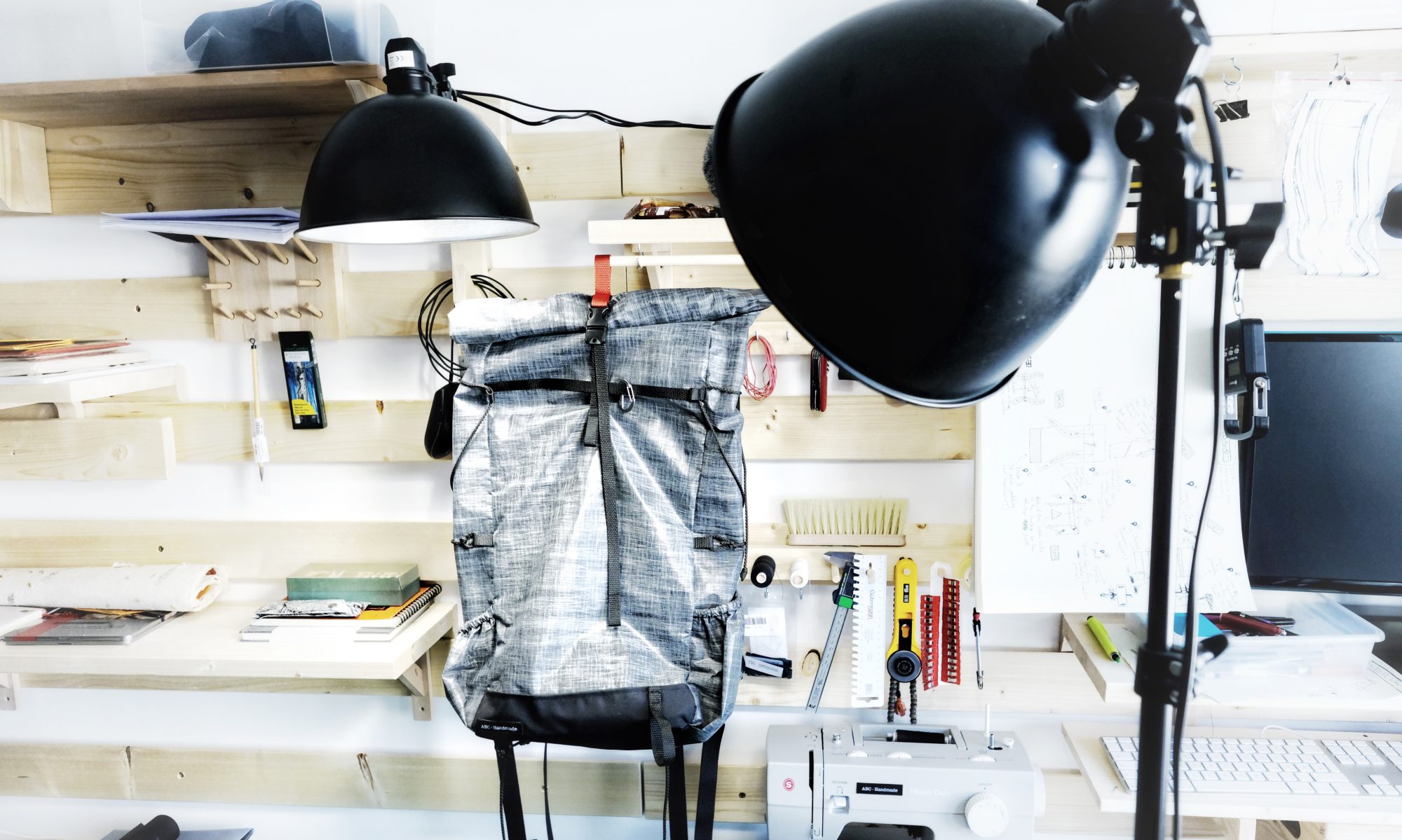In the same vain as the Cotton experiments, I thought I’d also expend the fabric tryouts to the good’ol Ikea Frakta bag, which costs a literal 1€. What started as a joke ended up being the real deal: A friend of mine and fellow maker/hiker challenged me to make a decent looking bag with just one single Frakta bag.

Since the challenge was still to build something nice, we also agreed that we could use small recycled bits and pieces and small components, as long as we can keep the overall cost of the material below a few euros. I settled on adding some recycled webbing in a couple of places, and use a scarp piece of light Cordura to reinforce the bottom just for convenience.
In the end, I re-used a few things from previous prototypes and deceased bags to make sure I keep the “bill of material” cost under the price of coffee on the French Riviera. ☕ In the end, it came down to a relatively short and definitely cheap material list.
| Item | Quantity | Price (total) |
|---|---|---|
| Ikea Frakta shopping bag | 1 | 0.99€ |
| Upcycled 10mm Polyester webbing | 50cm | 0€ |
| Remant 15mm Strong Polyester webbing | 60cm | 1€ |
| Reused Lineloc tensioners | 2 | 0€ |
| 12mm D-Rings (0.30€ each) | 2 | 0.60€ |
| Reused 3mm Cord | 1m | 0€ |
| Scrap Uncoated Cordura | 0.04m² | 0€ |
| Scrap Hook & Loop Tape (Velcro) | 25cm | 0€ |
| Grand Total: | 2.59€ |
Now that I am done with it, I think this is a fantastic challenge. Every pack maker should try this at least once no matter how long they’ve been making things for. It forces you practice a couple of important steps in pack making:
- Properly rip the seams of the Frakta to avoid loosing precious material
- Work around resource limitations.
- Recycle stuff you’ve been piling up.
- Optimize the design to into a small canvas.
- Think about the stitch type and size based on the canvas properties.
- Align a patterned canvas parts properly (to avoid crooked looks)
I wouldn’t spoil the the final result just yet since I will upload a few pictures of the final pack in no time, but suffice to say, it looks great ! Better than I thought even!

Stay tuned…





